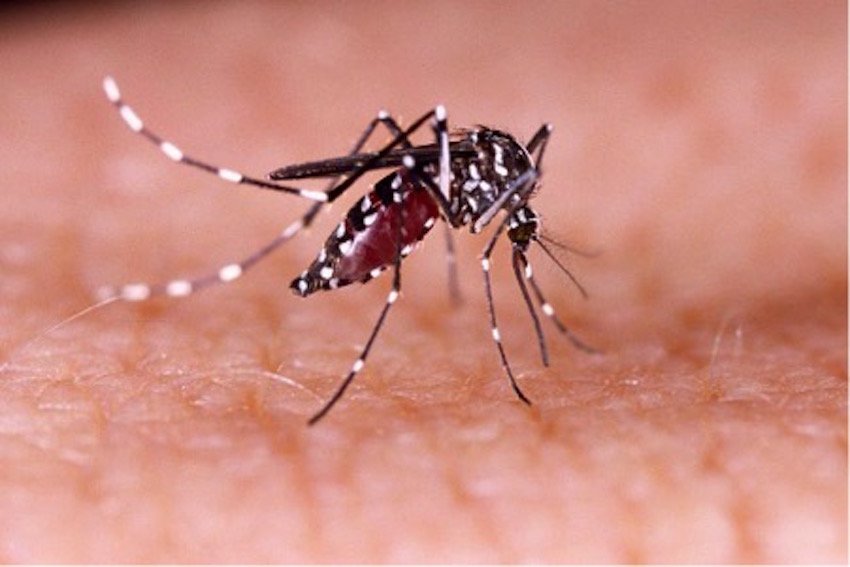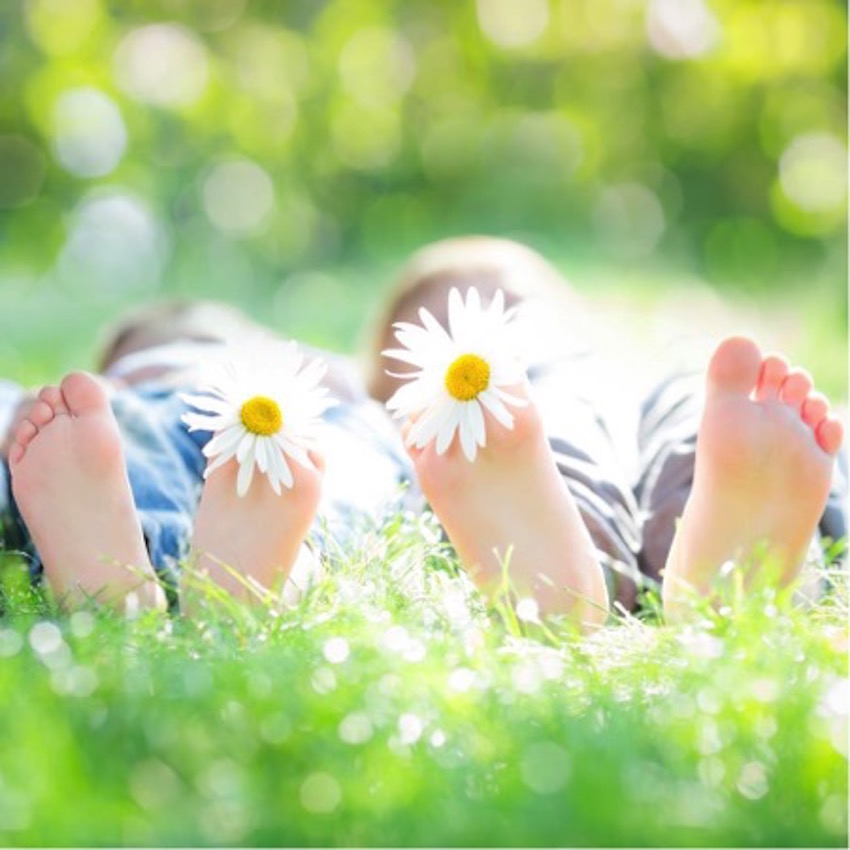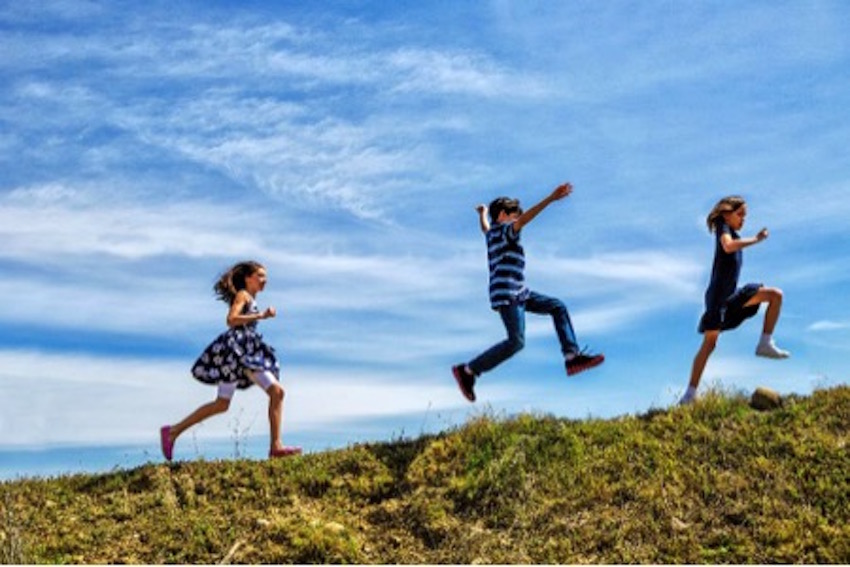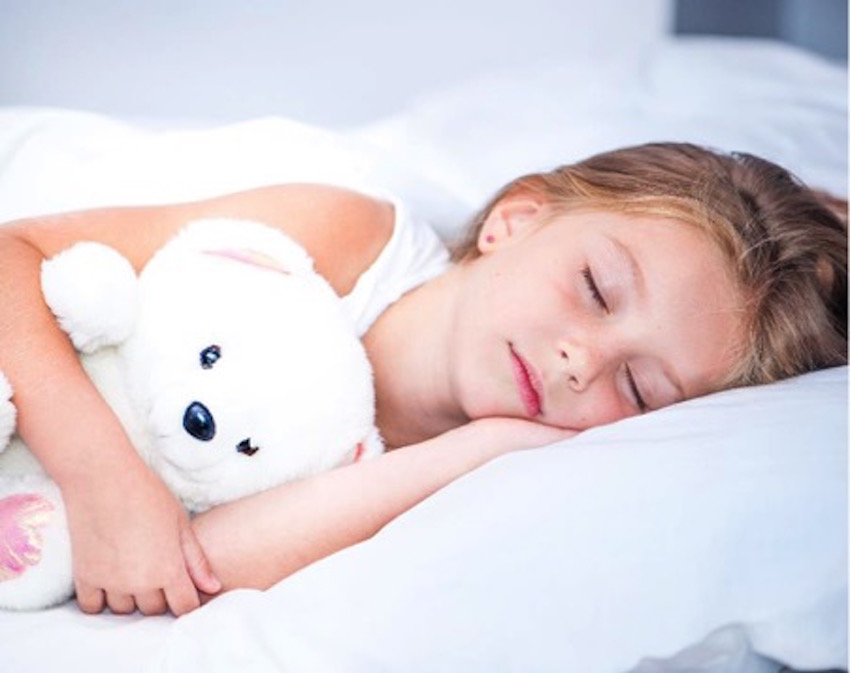

Common Tropical Diseases in SEA
Singapore:
1) Dengue
2) Chikungunya
Southeast Asia:
1) Malaria
2) Hepatitis A
3) Hepatitis B
4) Typhoid
Symptoms to look for
Dengue symptomsDengue, Chikungunya and Malaria are all mosquito-borne infections that can be potentially fatal.
Dengue and Chikungunya are viral infections, which are caused by viruses that are transmitted by the bite of the female mosquito Aedes aegypti. This mosquito is black with white stripes and bites in the daytime.
Malaria is a parasitic infection that is caused by transmitted through the bite of the female Anopheles mosquito that usually bites at night.
Hepatitis A – viral infection, causes inflammation of the liver, contracted from contaminated food or water.
Hepatitis B – Viral infection causes inflammation of the liver, contracted through blood, blood products, and bodily fluids. Modes of transmission include dirty needles, blood transfusions, and sexual contact.
Typhoid – a bacterial infection transmitted via contaminated food and drink.
Other less common tropical diseases include rabies, Japanese encephalitis and cholera. Yellow fever is present primarily in Africa and South America.

Take-off and landing builds pressure in baby’s ears. Breast or bottle feeding, using a pacifier can help baby to clear their ears. It is the suck and swallow action that helps to clear. If your baby is chronically snuffy talk to a physician about nose drops and possibly other medications to help clear congestion that can help ease the pressure.
Handful of diapers
Change (washable) cloth to lie baby down for diaper changes
Plastic bags
Clean wet face clothes in a Ziploc bag
Dry face cloths in a Ziploc bag
Wet wipes
2 sets of clothing for baby
1 set of clothing for Mom (diaper blow out does not always stay on the baby)
-make sure the clothing is light and does not take up too much room
Medications: Any prescribed meds for baby with labels, Paracetamol, Neurofen.
Formula powder separated into portions in small containers or Ziploc bags, labelled
Cloth baby sling
Clean empty baby bottles x 2
Favourite small toys or snuggle thing, pacifier, soft book
Bottled water can be purchased at the airport or on the plane

Skincare.org recommends that babies under 6 months of age be kept in the shade and to avoid direct sun exposure sun the sun’s hottest hours because melanin in baby’s skin is still forming.
Using light UV Protection clothing is best for baby’s skin.
Brimmed or bucket hats to protect the nose and ears from sun damage.
UV filter sungalsses are also recommended, so invest in a pair for baby as well.
Can be used for babies older than 6 months of age.
Consider a broad-spectrum, water-resistant sunscreen that offers a minimum sun protection factor (SPF) of 15.
Active ingredients such as zinc oxide and titanium dioxide are good choices as these physical filters don’t rely on absorption of chemicals and are less likely to cause a reaction.
Consider testing the sunscreen on a small area on the inside of your baby’s wrist. If there is little irritation then choose another sunscreen. Use sunscreen on all exposed areas, include the back of the hands, face, ears and neck.
Apply 30 minutes before going out and reapply it every two hours or more frequently if you take your baby into the pool or if he or she is sweating.
Continue to wear UV protection clothing and brimmed hats.

Most parents find swimming for the first time to be daunting or worrisome, however there is nothing to worry about.
There are swimming lessons created for infants from three months of age, although babies can start swimming from birth. Do note that babies can chill easily, thus consider the temperature of the pool.
Check with your physician when you should start swimming with baby
Before going to the pool, prepare baby with playing in the bathtub, immersing baby in water and splashing the water. Build confidence in the bathtub and carry that on while in the pool.
Family time together, in today’s busy schedules, this is uninterrupted family quality time
Builds water confidence early. Going into the water together will build parents’ confidence of water. Also, baby’s confidence also develops as baby sees parents in water assures them this is a safe place in and around water.
Teaching water safety early
Improves coordination and balance. Babies need to focus on balance in the water, thus makes it easier on land.
Builds muscles, strengthens muscles effectively
Physical activity also strengthens hearts and lungs
Bonding time with parent and baby in the water.
Swimming improves sleep, as exercise and physical activity helps for a more restful sleep
Improves appetite. Lots of gentle exercise in warm water makes a baby hungry. Bring a snack for directly after pool time.
Diseases like rabies can be transmitted from animals to humans.
Children are considered at higher risk of rabies because they often play with animals, are less likely to report bites or scratches and are more likely to be bitten in the head and neck area.
Warn children about the dangers of approaching animals; however, reassure the child that if they get bit or scratched, they won’t get into trouble and they should immediately tell an adult.
If your child is bitten, scratched, or licked on broken skin or mucous membranes (eyes, nose and mouth), it is important to clean the area thoroughly by washing and flushing with soap and water for at least 15 minutes and seek medical assistance immediately to assess the risk and discuss treatment options.

Children feel parents’ stress and the change in routine, some more than others
While packing and preparing for the trip try to maintain a similar routine and slowly incorporate the idea of traveling to your child.
Use the same clothing, foods, small toys to minimize the change.
Traveling to unfamiliar environments can create additional stress. Maintain usual habits and reassure the child often.
For older children, familiarize them in advance with the food, customs, and language of the destination and involve them in developing the travel itinerary.
For younger children, a favorite toy or special snacks may help them adjust to a new environment.
Please speak to your doctor or your well-baby nurse today if you are unsure or have any questions regarding safe travel with baby.
Complete Healthcare International
An integrated Medical Centre
350 Orchard Road #10-00 S238868
Tel : (+65) 6776 2288
enquiries@CHI-health.com.sg
www.chi-health.com.sg
Complete Healthcare International Pte Ltd reserves all rights of copywriting of the above article – Singapore April 2018
350 Orchard Road
#08-00 Shaw House
Singapore 238868
+65 6776 2288
enquiries@chi-health.com.sg